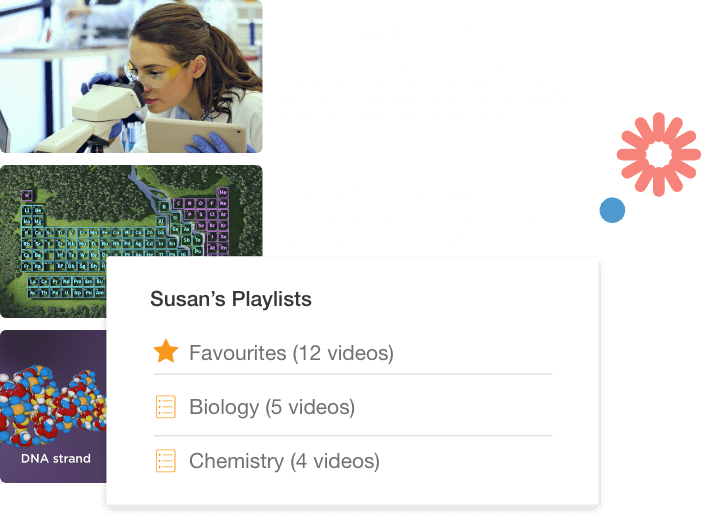Lesson structure and pacing ideas
Appropriately structured classroom lessons include a series of clear steps and smooth transitions between them. Effective teachers know how to structure a well-paced lesson and scaffold learning to build students’ knowledge and skills. Are you looking for help to structure your lesson plans? Thousands of ClickView videos come with teaching resource packs to help you plan and structure your lessons, as well as pacing ideas for class.
Why lesson structure is so important
A lesson structure maps out the teaching and learning to occur in class
A clearly thought out lesson has set steps that need to be achieved, with parts in between to be filled with more knowledge through scaffolding. Engaging with students about expectations, content and outcomes also helps to boost student confidence in the current subject or topic.
3 benefits of effective pacing in the classroom

Maximise class time
Take the time to plan out individual lessons and lesson sequences for the best outcomes. Effective lesson pacing optimises the time spent on each task and maintains an engaged class through the use of smooth transitions.

Maintain engagement
Planned sequencing of a variety of teaching and learning activities also helps to stimulate and maintain engagement by creating links between lesson and unit learning. It helps minimise disruptions and facilitates a logical order and flow.

Achieve outcomes
With a clear structure in mind for the lessons in your classroom or lecture theatre, it’s more likely that you and your students will meet goals and achieve desired outcomes.
Interactive video ideas for teachers
Using video as an interactive activity is an important feature of effective lesson pacing. ClickView’s interactive video feature can help you plan and pace lessons to work towards specific learning outcomes. You can test student understanding, clarify tasks or tailor videos for individual student difference. Build your playlists in advance to help with seamless classroom activity transitions.
Learn more about interactive videos
4 ways ClickView can help with lesson structure and pacing
-
Gathering data with interactive
- Use interactive questions to gather formative assessment data about the knowledge level of your students. Plan and pace your lessons accordingly with the immediate feedback.
- Use interactives to clarify learning outcomes or to test student understanding before scaffolding the learning process.
-
Support to plan lessons
- You can tailor interactive videos for different levels of understanding, meeting the needs of all students. Extend where necessary or offer further support by adapting your question content.
- Use the suggested lesson plans and other ClickView educational resources, such as worksheets and activities, to help structure your lessons and save you time.
-
Promote student engagement
- Introduce new topics or learning areas with a video ‘hook’ from a relevant library video or a recent program from ClickView TV.
- It only takes moments for students to lose focus. You can build your playlists ahead of time for lessons that run seamlessly and keep students on topic.
-
Reinforce content understanding
- Use video regularly to reinforce topic content for students and stimulate engagement. The clipping tool helps scaffold this engagement, allowing you to create just the right length of clip for your particular class.
- The ability to re-watch video at home can reinforce content for students who may not understand concepts in class, without holding other students back.
